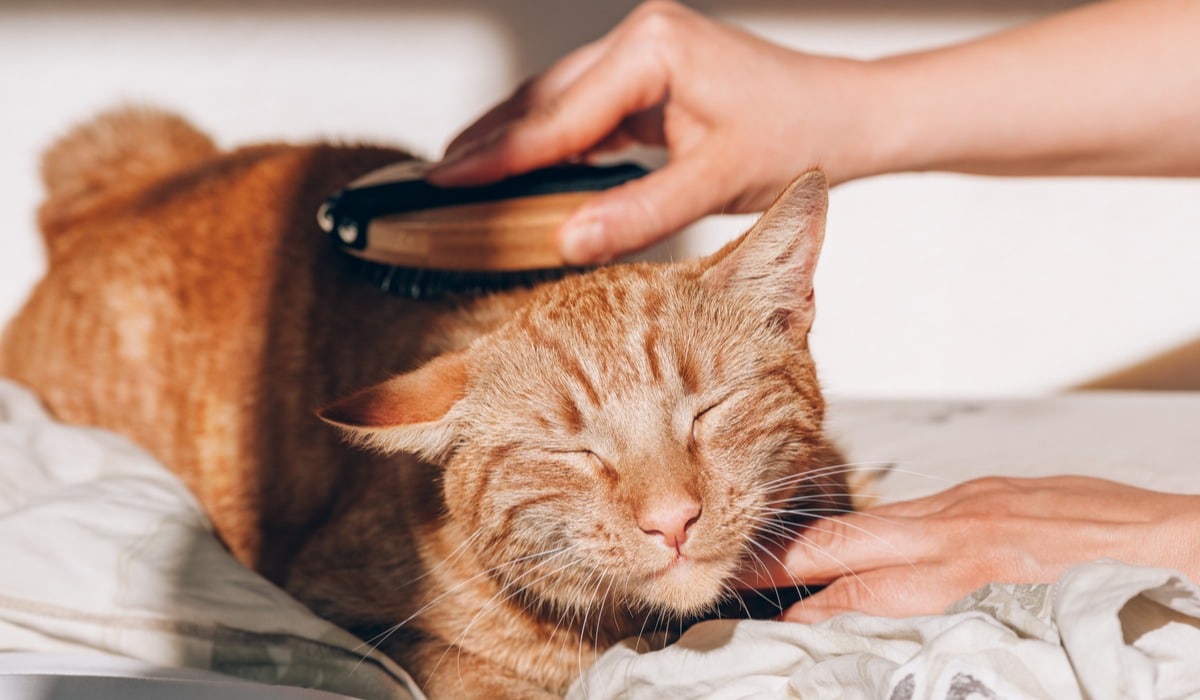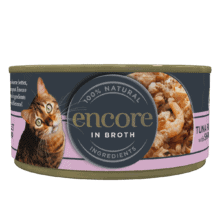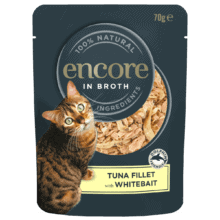Cat dandruff is a common skin condition that any feline can suffer from.
It appears as small white flakes on the skin and coat, similar to how it looks on humans. You may also spot it on the furniture or their bedding.
While the appearance of cat dandruff is generally nothing to be concerned about, it can sometimes be symptomatic of a wider problem, such as an underlying health disorder.
Dry, flaky skin is undoubtedly a primary contributing factor when it comes to dandruff, which can be brought on when a cat’s skin glands begin overproducing oil.
Normally, these oils nourish and protect a feline’s skin. However, when excessive amounts are produced it can quickly lead to irritation, flakiness, and dandruff.
Dandruff on its own may be harmless and treatable in most cases, but if your cat is suffering from it then there’s a good chance they’re in discomfort.
Dandruff is relatively easy to manage, but if the problem does persist or you notice other symptoms alongside it such as hair loss, redness and dizziness, you should contact your vet immediately





